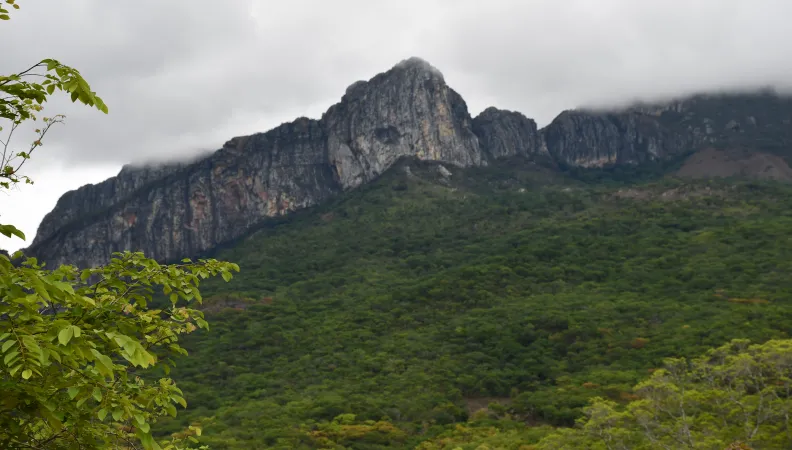Share the page
Conservation meets Innovation at the Chimanimani conservation area
Project


-
Project start date
-
Status
In progress
-
Estimated date of project termination
-
-
Project financing date
-
-
Financing duration
-
4 years
-
Type of program
-
FFEM
-
Global financing amount
-
4 800 000 €
-
FFEM financing amount
-
1 200 000 €
-
Project lead member institution(s)
-
AFD
-
Country and region
-
Mozambique
-
Type of financing
-
Grant
-
Partners
-
French Development Agency
-
Beneficiaries
-
République du Mozambique, Fondations BIOFUND et MICAIA


The Chimanimani conservation area undergoes the impacts of illegal activities such as poaching, placer mining and land clearance. The FFEM supports the concerted management model that is being put in place there, which will guarantee more efficient management, particularly through better enhancement of the natural and cultural heritage for the benefit of local populations.
Context
The Chimanimani conservation area spans a national reserve with many indigenous species of flora and a heavily forested buffer zone. Both environments are under threat from poachers and people involved in placer mining or illegal land clearance. The MICAIA Foundation has been supporting the inventory work by personnel at the reserve for several years, while also showing the local people how to harness biodiversity through ecotourism and honey production. The management of the national reserve will ultimately be delegated to the Chimanimani Trust, a new body currently in formation.
The objective of the project financed by the FFEM is to achieve sustainable management of the conservation area. In the national reserve, the FFEM is supporting the conservation and optimum use of natural and cultural resources. In the buffer zone, the FFEM is steering better management of natural resources to improve the social and economic conditions for the local people.
Description
The project has four components:
- Expanding understanding and protection of the natural and cultural resources in the conservation area.
- Strengthening the land rights of the local communities to enable better management of the land and natural resources.
- Professionalising honey production and developing revenue streams from other biodiversity products.
- Securing sustainable financing for the area through a scheme enabling payments for ecosystem services and a pilot site for biodiversity offsetting.
Outcomes
- Improve the status of the biodiversity and the ecosystem services provided by the conservation area.
- Safeguarde the land rights for the local communities living on the edge of the conservation area.
- Increase the incomes of local communities from the sustainable use of biodiversity products.
- Sett up a system to ensure long-term financing for the conservation area, to be activated at the end of the project.
Exemplary and innovative characteristic
This project seeks to develop long-term partnerships to manage the national conservation area. For the first time in Mozambique, there will be a process whereby a national foundation (the Chimanimani Trust) will be appointed to manage a national reserve, cementing the role of civil society in the nation’s development.
Although the concept of setting up satellite industries in biodiversity products on the fringes of protected areas is far from new in Africa, Chimanimani's honey production is one of the few to generate significant income for local communities.
Safeguarding the land rights and drawing up plans for the sustainable development of their land are testimony to a truly innovative and pioneering integrated approach which can be reproduced around many other protected areas across the country.
Sustainable Development Goals
ODD1 No poverty

ODD11 Sustainable cities and communities



